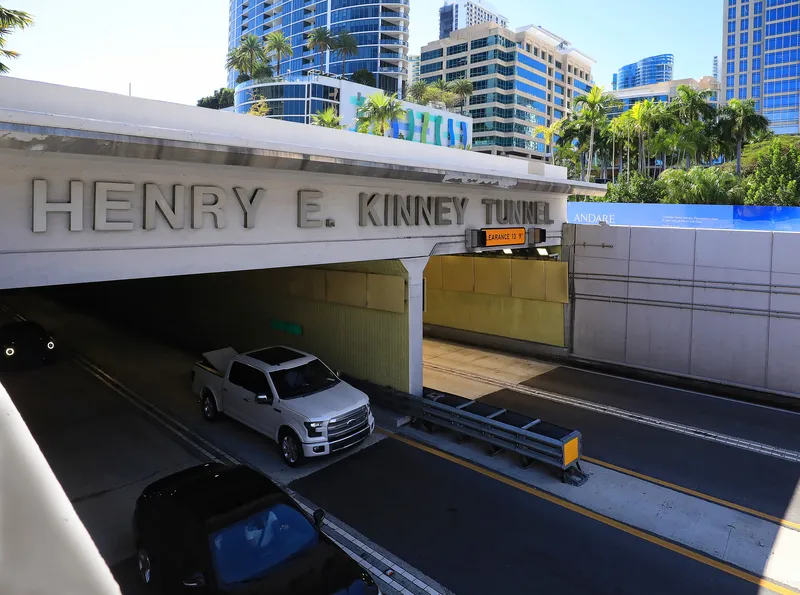The San Diego Association of Governments (SANDAG) has selected
Through the agreement, Kapsch will replace all in-lane equipment with a software support system that will monitor and control all roadside equipment and data.
Initially, Kapsch will deliver a unified system at 36 toll points along the I-15, and at 16 locations along the South Bay Expressway. In addition, new vehicle detection and classification sensors will use a stereoscopic video to track and classify vehicles through the zone, and correlate license plate images with vehicle transponder reads to supply toll transaction processing. The product does not require additional in-pavement equipment, which is said to help lower maintenance costs by reducing the need for road closures.
Kapsch will manage the project from its regional office in the County.
Chris Murray, president of Kapsch North America, said: “We look forward to working with SANDAG to streamline its operations with new technology. Integrating the two roads within a single system will provide an efficient and consistent way for drivers to travel in the San Diego region.”
Kapsch to upgrade toll systems for two San Diego highways
The San Diego Association of Governments (SANDAG) has selected Kapsch TrafficCom (Kapsch) to upgrade toll systems on the interstate 15 (I-15) Express Lanes and the State Route 125 toll road (South Bay Expressway). The project aims to provide drivers with more seamless journeys that feature modern technology and streamlined maintenance and operation activities. It is expected to be completed in the second half of 2019. Through the agreement, Kapsch will replace all in-lane equipment with a software support
March 15, 2018
Read time: 2 mins









